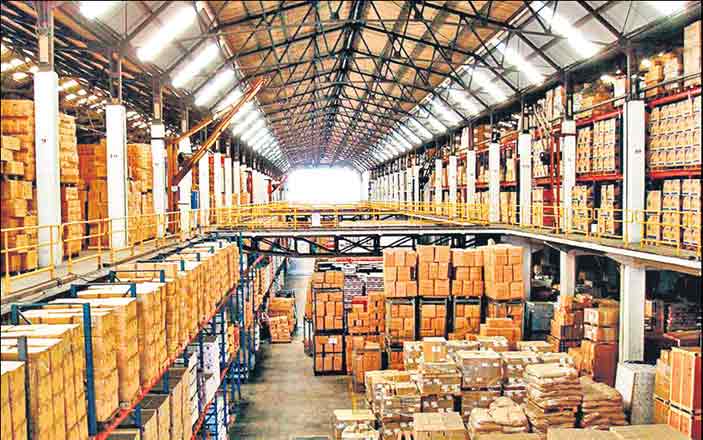California’s booming economy has created a logistics hubs for the state’s railroad operators and suppliers. As the Golden State grapples with the growing needs of its rapidly-growing economy, it is revamping its transportation networks to keep up with demand.

The Basics of Logistics
In the beginning, there was transportation. Once humans learned to change their location by walking or riding a horse, the key to economic development became the ability to move goods and materials. Over the centuries, humans have evolved many systems for moving goods, including animal-drawn carts, ships, trains, and trucks. Each approach has advantages and disadvantages depending on the circumstances.
Today, logistics is used to move nearly every kind of good and service. It also refers to the entire supply chain, which includes all the activities that take place between a supplier and a customer from order placement to delivery.
Logistics is a core function of the business. It underlies the flow of goods from production to consumption and is the reason modern companies can produce far more goods than any one customer can buy at any given time.
California’s Railroads and the Impact of Logistics
As manufacturing has moved to the state’s coastal regions, railroads have become important components of California’s logistics network. In the early part of the 21st century, a number of railroads in the Central Valley were taken over by the large Pacific-Union-Pacific (PUP) Corp., which quickly shut down most of the trackage.
Other railroads were reduced to operating portions of the system. With the growth of the state’s economy, demand for both goods and materials has increased. As the state revamps its transportation networks, it faces the growing challenges of a modern economy.

San Diego and Los Angeles as Logistics Hubs: What You Should Know
Import/export ports are critical links in the global supply chain, connecting the manufacturing of goods with consumers around the world. Each port handles a variety of cargoes, including rail cars and trucks. While some ports specialize in a specific type of cargo, like oil or dry goods, most are general-purpose hubs that handle a broad range of commodities.
As the state’s economy has grown, both San Diego and Los Angeles have become key logistics hubs for import/export activities. San Diego is the West Coast’s largest seaport and the sixth-largest in the United States.
It is also a hub for air transportation, with many flights arriving and departing from the area. Los Angeles is the nation’s second-busiest port, handling a large volume of both domestic and international imports. The port is also a major hub for air transportation.
High-Speed Rail as a Key to California’s Future Transportation Network
In the mid-2000s, California began to look at the future transportation needs of the state. As the state’s economy boomed, the need for a growing population and the need to move goods and materials became critical. One of the ways California has come to grips with the need for a modern transportation network is by considering high-speed rail.
Currently, Amtrak’s Empire Builder travels from Chicago to Seattle at speeds of just over 50 miles per hour. California’s high-speed rail system will increase passenger speeds all across the state. The system will connect major cities, linking San Francisco with Los Angeles and San Diego with San Diego.
Ultimately, high-speed rail is not just about moving people. It is about moving goods and materials, too. High-speed rail is a key piece of California’s long-term transportation network, connecting major cities and offering high-speed transportation options.
The Future of Freight in California: How the Land Transport System Can Grow
As the state’s economy has grown, so have freight needs. Today, farmers account for much of the state’s freight needs. As demand for food products continues to rise, California’s agricultural industry will play an important role in that growth. California’s agricultural sector is one that is growing rapidly. As the state’s population continues to swell, more people will need more food.
This means that freight needs will be driven by the growing state population. Like the state’s other industries, the freight industry will face increased demand for goods. As the state revamps its transportation networks, it will need to increase the capacity of its existing transportation systems to keep up with demand.
There are several ways the state can meet this demand. It can build new roads and highways. It can expand the use of truck-based transportation. It can increase the use of rail-based transportation.
Summing Up
California’s economy is booming. The state’s population is expected to continue to grow and demand for goods and materials will increase. To meet those demands, California will need a modern transportation network. One way the state can meet these needs is with high-speed rail. High-speed rail is a key component of the state’s transportation network and will allow the state to meet the growing demands for goods and materials.


